When it comes to stopping power on four wheels, the battle between disc brakes and drum brakes is as old as the automobile itself. Both systems have carved out their places in automotive history, each boasting unique strengths and quirks that influence performance, maintenance, and safety. Whether you’re a curious driver, a budding mechanic, or simply eager to understand what lies behind the pedal, exploring the key differences between disc and drum brakes reveals more than just mechanical details—it uncovers the very art and science of how cars slow down in a fast-moving world.
Table of Contents
- Disc Brakes and Drum Brakes Explained: An Overview of Their Mechanics
- Performance Under Different Driving Conditions
- Maintenance Needs and Longevity Comparison
- Cost Implications for Installation and Repair
- Safety Factors and Heat Dissipation Capabilities
- Choosing the Right Brake System for Your Vehicle Type
- Q&A
- In Summary
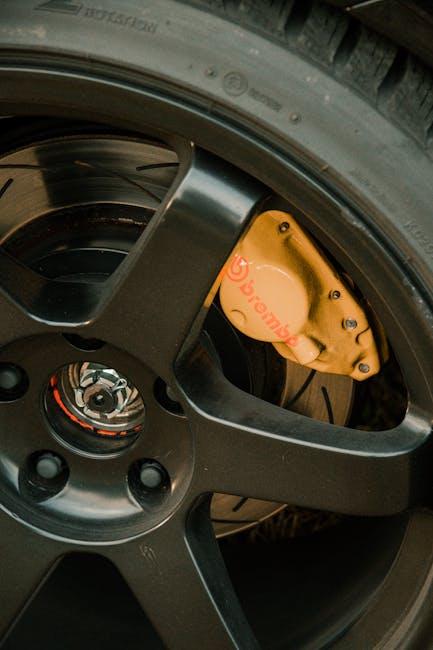
Disc Brakes and Drum Brakes Explained: An Overview of Their Mechanics
Disc brakes operate by pressing brake pads against a spinning metal disc, or rotor, attached to the wheel. When the brake pedal is pressed, hydraulic fluid forces the calipers to clamp the pads onto the rotor, creating friction that slows down the vehicle. This mechanism provides excellent heat dissipation due to the open design, making disc brakes highly efficient in stopping power and performance, especially under heavy use. Key advantages include consistent braking in wet conditions, quicker heat venting, and superior responsiveness, which is why they are favored in modern cars and motorcycles.
Drum brakes use a different approach: brake shoes push outward against the interior surface of a rotating drum connected to the wheel. This enclosed system tends to trap heat, which can lead to brake fade under sustained heavy braking. However, drum brakes are typically more cost-effective and can provide strong holding power when the vehicle is stationary. They are often found on rear wheels of vehicles or in economy models. Below is a simple comparison to highlight their mechanical distinctions:
| Feature | Disc Brakes | Drum Brakes |
|---|---|---|
| Mechanism | Pads clamp rotor | Shoes press drum |
| Heat Dissipation | Excellent (open design) | Poor (enclosed system) |
| Performance in Wet Conditions | Highly effective | Less effective |
| Cost | Higher | Lower |
| Common Usage | Front wheels, performance cars | Rear wheels, economy cars |
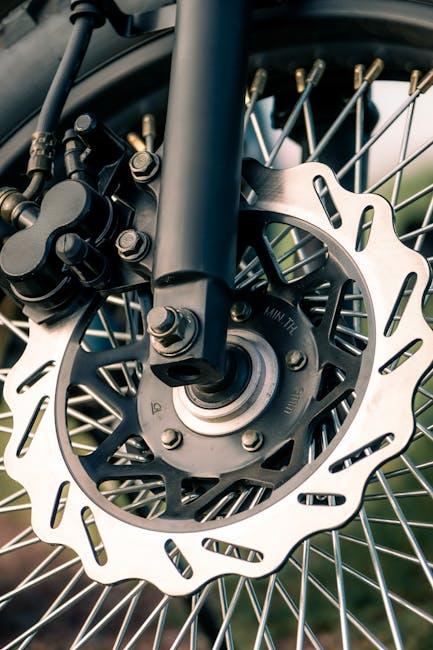
Performance Under Different Driving Conditions
Disc brakes excel in a variety of driving situations, especially when it comes to high-performance or demanding conditions. Their design allows for superior heat dissipation, making them less prone to brake fade during prolonged use, such as on steep descents or spirited driving. This translates to a more consistent and reliable stopping power even when the brakes are pressed repeatedly. Additionally, disc brakes perform better on wet or muddy roads, as their open design allows water and debris to be quickly expelled, maintaining effective friction between the pad and disc.
On the other hand, drum brakes tend to show their strengths in lighter, everyday driving scenarios. Their enclosed design means they are less susceptible to dirt intrusion in dusty environments, providing dependable stopping power for city driving or casual commutes. However, they can struggle under heavy braking or extended downhill runs, where heat buildup can reduce effectiveness. Below is a quick comparison of their performance traits:
| Driving Condition | Disc Brakes | Drum Brakes |
|---|---|---|
| Wet Roads | Excellent – Quick water dispersion | Moderate – Enclosed but can retain moisture |
| Long Descents | Reliable – Heat dissipates efficiently | Prone to fade under heat |
| City Traffic | Effective with frequent stops | Good – Durable under stop-and-go conditions |
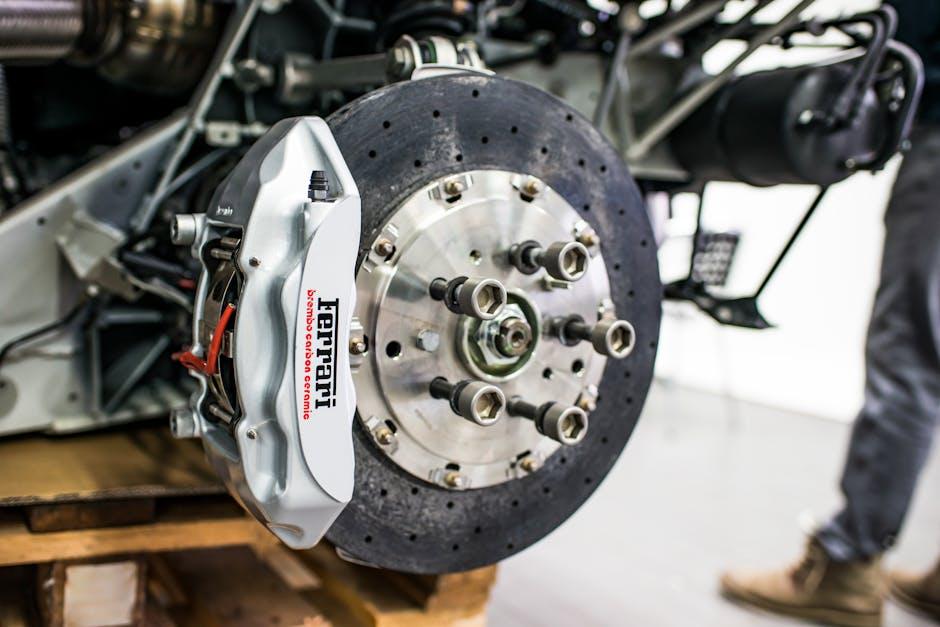
Maintenance Needs and Longevity Comparison
When it comes to upkeep, disc brakes generally demand less frequent maintenance compared to drum brakes. Their open design allows for better cooling and less accumulation of dust and debris, which helps maintain consistent performance over time. However, when they do require attention, disc brakes often need more specialized parts and tools, which might increase service costs. In contrast, drum brakes have a closed structure that can trap dirt and moisture, leading to more frequent adjustments and cleaning sessions to keep them functioning well.
- Disc Brakes: Lower maintenance intervals, easier to inspect visually, quicker to bleed fluid.
- Drum Brakes: More frequent adjustments, potentially lower part costs, complex internal cleaning.
| Feature | Disc Brakes | Drum Brakes |
|---|---|---|
| Average Brake Pad/Shoe Life | 30,000–70,000 miles | 40,000–60,000 miles |
| Maintenance Interval | Longer | Shorter |
| Typical Cost to Service | Moderate to High | Lower |
Regarding longevity, drum brakes boast sturdy construction that often outlasts disc systems in less demanding conditions, especially in rear axle applications where braking force is moderate. Yet, disc brakes outperform in heat dissipation, which leads to less wear during intense usage such as spirited driving or heavy towing. Choosing between the two depends on a balance of maintenance ease, operating environment, and expected durability.
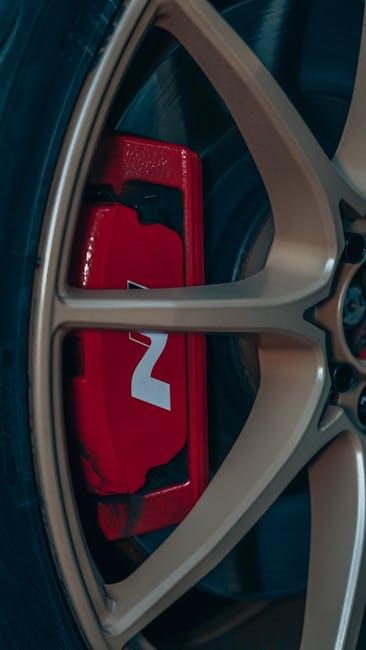
Cost Implications for Installation and Repair
When considering the initial installation, disc brakes generally come with a higher price tag compared to drum brakes. This is largely due to the complexity of their design and the use of more advanced materials. The installation process for disc brakes often requires additional labor and expertise, which can increase costs. However, their superior performance and longevity can sometimes justify the upfront investment, especially for high-performance or heavy-duty vehicles.
Repair and maintenance costs also differ significantly between these two braking systems. Drum brakes are typically cheaper to fix, thanks to their simpler mechanism and lower parts cost. However, they may require more frequent servicing, which can add up over time. In contrast, disc brakes might have pricier replacement parts, such as rotors and calipers, but they tend to last longer and require less frequent intervention.
| Aspect | Disc Brakes | Drum Brakes |
|---|---|---|
| Installation Cost | High | Low |
| Repair Cost | Moderate to High | Low |
| Maintenance Frequency | Low | High |
| Parts Availability | Widely Available | Widely Available |

Safety Factors and Heat Dissipation Capabilities
When it comes to managing the intense heat generated during braking, disc brakes hold a notable edge. Their open design exposes the rotor directly to airflow, allowing heat to dissipate efficiently and reducing the risk of brake fade during prolonged use. This cooling advantage is critical in high-performance or heavy-duty applications where reliability matters most. In contrast, drum brakes encapsulate the brake shoes inside a drum, limiting airflow and causing heat to build up more rapidly, which can affect stopping power over time.
Key factors influencing their safety and heat management include:
- Material composition: Disc brakes often use high-grade steel for rotors, enhancing heat tolerance.
- Design geometry: The ventilated discs increase surface area for cooling.
- Maintenance impact: Disc brakes typically require less frequent adjustment and deliver consistent performance under thermal stress.
| Brake Type | Heat Dissipation | Safety Margin | Fade Resistance |
|---|---|---|---|
| Disc Brakes | High (ventilated) | Superior | Excellent |
| Drum Brakes | Moderate (enclosed) | Moderate | Prone to fade |
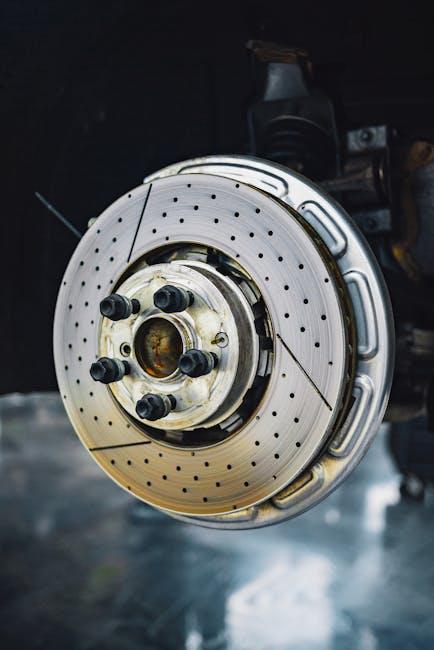
Choosing the Right Brake System for Your Vehicle Type
When selecting a brake system, it’s crucial to consider the vehicle’s purpose and typical driving conditions. Disc brakes excel in performance for vehicles that demand quick response and efficient heat dissipation, such as sports cars and modern sedans. Their open design allows for better airflow, reducing the risk of brake fade during intense or frequent braking. On the other hand, drum brakes are often favored for heavier vehicles like trucks and older models, as they provide a larger friction surface and can handle substantial braking force, albeit with slower heat dispersal.
Here’s a quick comparison to help guide your choice:
| Vehicle Type | Recommended Brake System | Why? |
|---|---|---|
| Sports Cars | Disc Brakes | Superior heat dissipation & quick response |
| Heavy-Duty Trucks | Drum Brakes | Durability & higher braking force capacity |
| Urban Commuters | Disc Brakes | Reliable stopping power in stop-and-go traffic |
| Older or Budget Vehicles | Drum Brakes | Cost-effective & easier to maintain |
Ultimately, understanding your vehicle’s intended use and environment will ensure you pick the brake system that maximizes both safety and efficiency.
Q&A
Q: What are the main types of vehicle brakes discussed in the article?
A: The article focuses on disc brakes and drum brakes, two common braking systems used in vehicles.
Q: How do disc brakes differ from drum brakes in design?
A: Disc brakes use a flat, rotating disc (rotor) and calipers that squeeze brake pads against the disc to stop the vehicle. Drum brakes consist of brake shoes inside a cylindrical drum that press outward against the drum’s interior surface to create friction.
Q: Which brake type generally offers better braking performance?
A: Disc brakes typically provide better performance due to their superior heat dissipation, which reduces brake fade and maintains stopping power during heavy use.
Q: Are drum brakes still relevant in modern vehicles?
A: Yes, drum brakes are still commonly used, especially for rear wheels in many cars and trucks, primarily because they are cost-effective and provide effective parking brake functionality.
Q: What about maintenance differences between disc and drum brakes?
A: Disc brakes are generally easier to inspect and service, as their components are more accessible. Drum brakes can be more complex to maintain due to enclosed parts that may require disassembly of the drum.
Q: Why might some vehicles use both disc and drum brakes?
A: Combining disc brakes on the front wheels with drum brakes on the rear strikes a balance between cost and performance. Front brakes handle most stopping power, benefiting from discs’ efficiency, while rear drums help with cost savings and parking brake function.
Q: How does weather affect the performance of each brake type?
A: Disc brakes perform better in wet conditions as water easily sheds off the exposed rotor, maintaining braking efficiency. Drum brakes can trap moisture inside the drum, potentially reducing effectiveness until dried.
Q: Can switching from drum to disc brakes improve a vehicle’s safety?
A: Upgrading to disc brakes can enhance braking reliability and consistency, especially under demanding driving conditions, thereby potentially improving safety.
Q: Which brake system is typically more expensive?
A: Disc brakes usually have higher initial costs due to more complex components and materials but may offer savings over time with simpler maintenance and enhanced durability.
Q: What is the key takeaway when choosing between disc and drum brakes?
A: The choice depends on factors like cost, vehicle type, intended use, and performance needs. Disc brakes offer superior performance and ease of maintenance, while drum brakes provide cost-effective solutions with adequate stopping power for many applications.
In Summary
In the end, both disc brakes and drum brakes hold their own unique places on the spectrum of automotive technology. Whether it’s the crisp, confident stopping power of disc brakes or the steady, time-tested reliability of drum brakes, understanding their key differences empowers you to make informed choices on the road. As vehicles continue to evolve, so too will the mechanisms that keep us safe—yet the fundamental goal remains unchanged: to bring every journey to a smooth, controlled halt. Whatever your preference, knowing how these two braking systems work is the first step toward safer driving and smarter maintenance.

